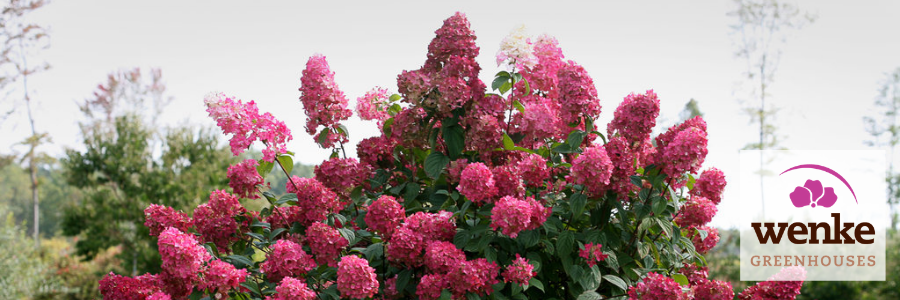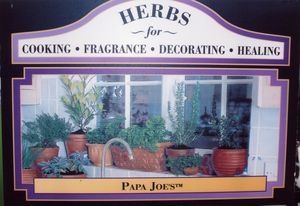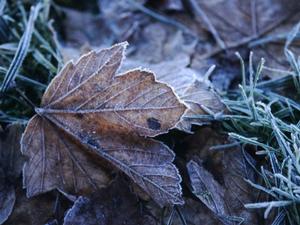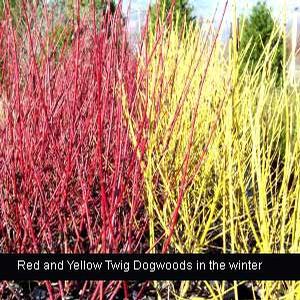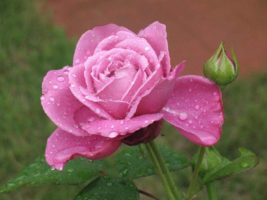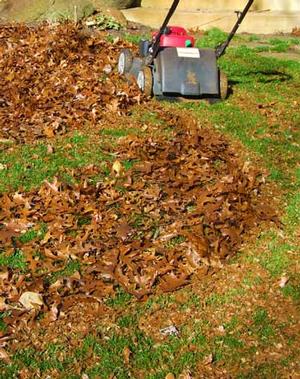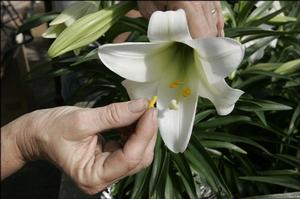Many customers ask why their hydrangeas aren’t blooming. The primary reasons hydrangeas don’t bloom are incorrect pruning, bud damage due to winter and/or early spring weather, location and too much fertilizer. Let’s start with pruning… Hydrangea varieties can be of the type that blooms on old wood, new wood or both. Old wood is the current year’s growth and new wood is next year’s (spring) growth. Say you purchased a Nikko Blue Hydrangea this year. Nikko’s produce blooms in the fall for next …
Harvesting and Preserving Herbs
Extending the Flavors of Herbs from Your Garden It is hard to beat the savory tastes and bold scents of fresh herbs. Michigan winters make it difficult to have fresh herbs. However, preserving them is a great way to enjoy your favorite herbs until next spring. We have a good selection of the most popular herbs now available at the store. The majority of herbs should be harvested in early morning when the oil responsible for their flavor and aroma …
Join Team Green with Kale, Swiss Chard and Spinach
Eating these three amazing green nutritional superstars, kale, swiss chard and spinach, will help you enhance your palate and your body as well. These greens can be added to almost any dish and will enhance the look of your main course while accentuating it’s flavor. When eaten regularly, these three leafy green vegetables can help you to live a healthier life. When it comes to greens, the darker the better. Leafy greens contain vitamins and fiber which are said to help prevent lung …
What is frost, and what does it mean for your garden?
Ice crystals form at temperatures below 32°F, when water vapor condenses out of the air and settles on a cool surface, such as your garden beds or garden plants. Frost is just a frozen form of dew, and it damages plants by freezing the water inside the plant cells, which then burst and die. A light frost can occur at 30-32°F. There’s a touch of white on the ground, but it’s short-lived; as soon as the sun hits it, it’s …
Creating Winter Interest in the Garden
As gardeners, we have a tendency to concentrate our efforts on spring and summer while often neglecting the fall and winter. When choosing plants, keep in mind things like branching habits, color, unusual bark, persisting seeds and berries, or swaying seed heads of ornamental grasses. These features will keep your landscapes alive and interesting throughout the winter months. There is still time to add some plants to the garden that can reward you with a beautiful garden every day of …
Winterizing your Roses
A message from Larry “The Rose Guy” about winterizing your roses. It’s getting colder and the days are getting shorter, so it’s time to think about preparing your roses for winter. Don’t stop watering. This is very important as the die back you see on your roses in the spring is caused by cold winter winds which take out the moisture from the canes. Do not prune now because the die back will start from the point you made your …
Put Your Fall Leaves To Work
The leaves of fall are one of nature’s most gorgeous gifts but I find that I appreciate them even more after they have fallen off the trees. Yes, I said after. While I don’t look forward to the work of cleaning up the leaves any more than you do, I have a very deep appreciation for what they will mean to my lawn and garden a few months from now. Where most people see fallen leaves as hours of raking, …
Ridiculus Rancunculus
Instant impact! That’s what you get when you add ranunculus to your early spring garden. Each plant produces wave after wave of petal-packed, crepe-paper-like flowers in a bold array of colors. These flowers grow 12 to 18 inches tall and are so frost tolerant that they can survive occasional temperatures as low as 20 degrees F. Ranunculus is a perfect companion to other cool weather loving annuals and perennials. Pink and orange ranunculus flowers will pop against blue pansies. Yellow snapdragons would be amazing …
Caring for your Easter Lily
Easter lilies fill our homes with bright blooms and fragrant aromas. Here are some guidelines that may extend the life of your lily, as well as a few easy steps to follow if you choose to plant it outdoors. Caring for your Easter Lily Once you get your Easter Lily home, it is best to place it where it will get bright, indirect light. Lilies grow from bulbs and are planted in well-draining soil so they don’t rot. It’s critical …
Make Your Own Hummingbird Nectar!
A couple things to remember when making your own hummingbird nectar… Never use honey or artificial sweeteners! Honey ferments easily, and can cause sores in a hummers mouth. Artificial sweeteners have no food value. Do not use red food coloring in your solution, as this could be harmful to your hummers. Most feeders have red on them and that should be enough Hummingbird Nectar Recipe: Mix 4 parts water to 1 part white table sugar Bring water to a boil. …

